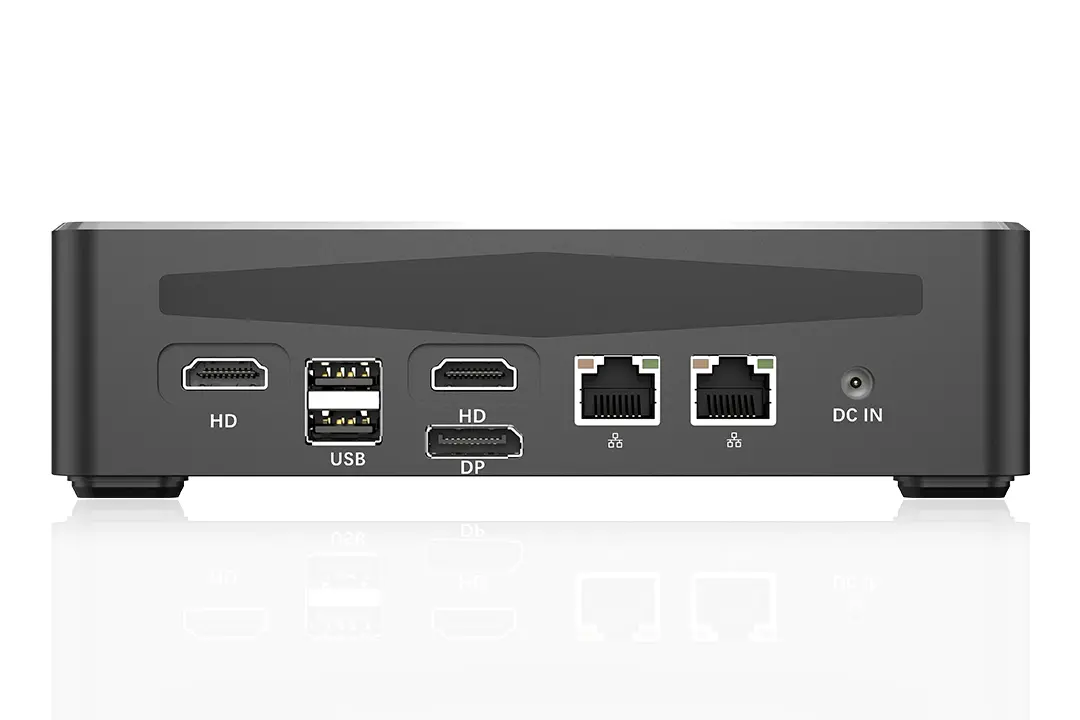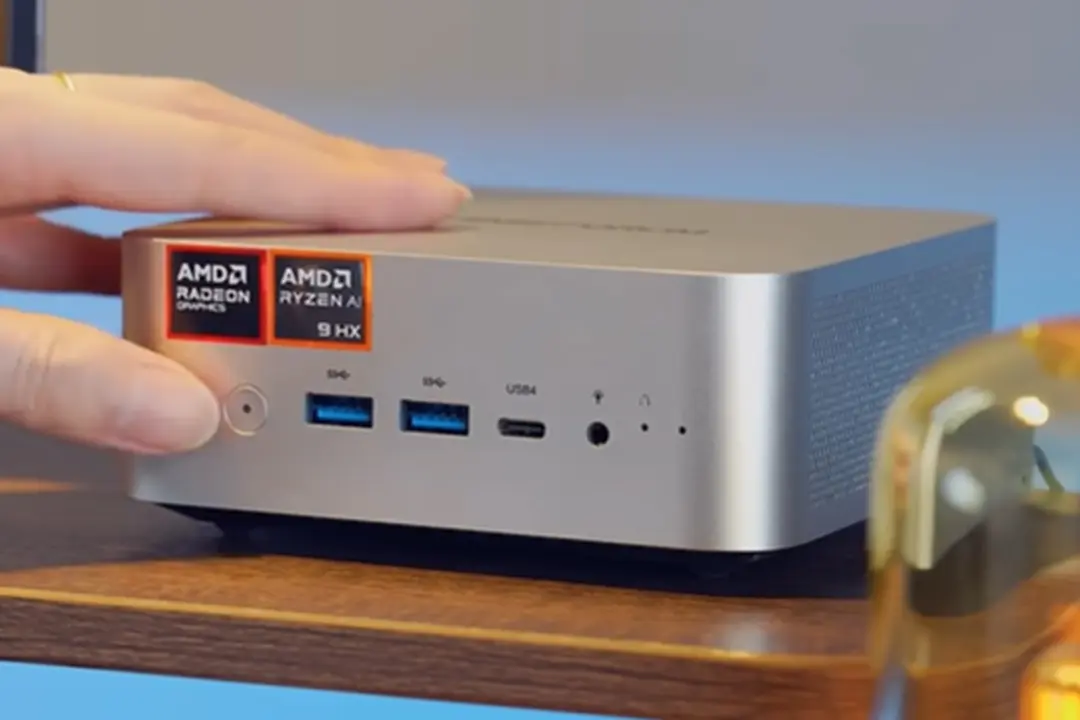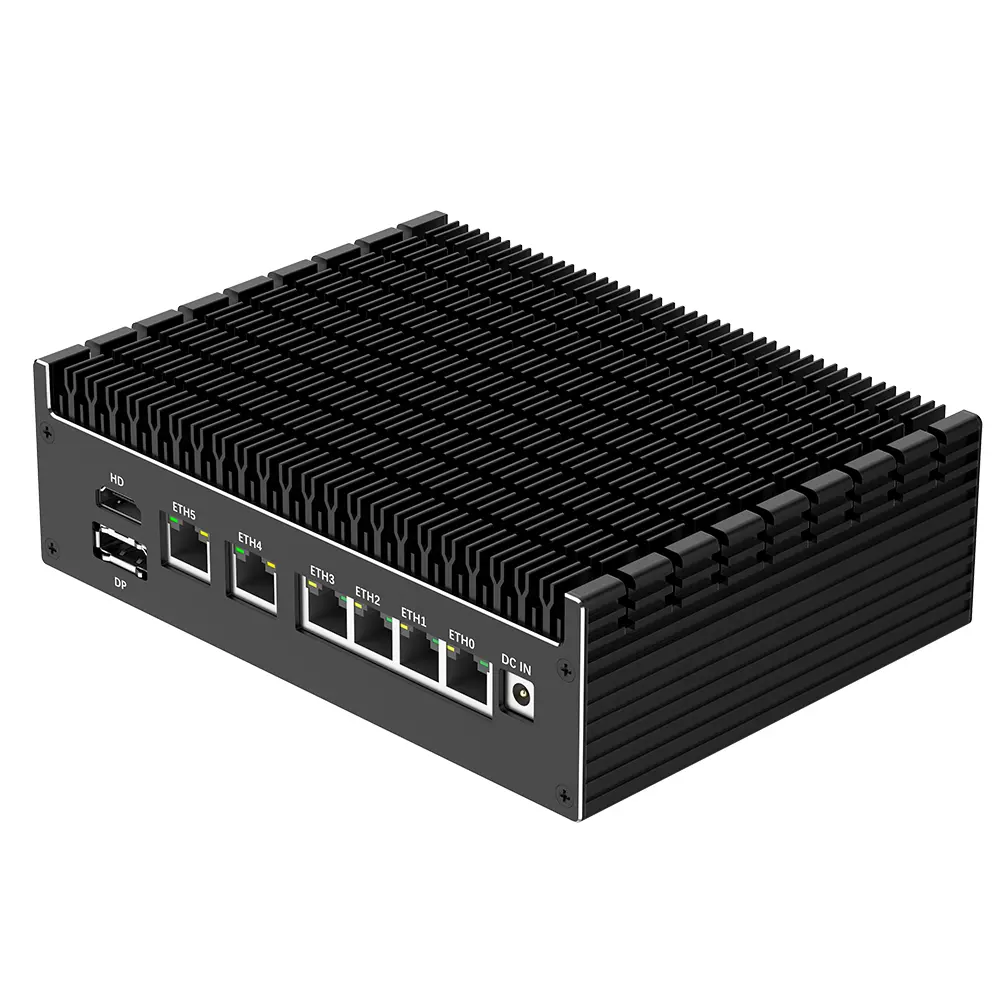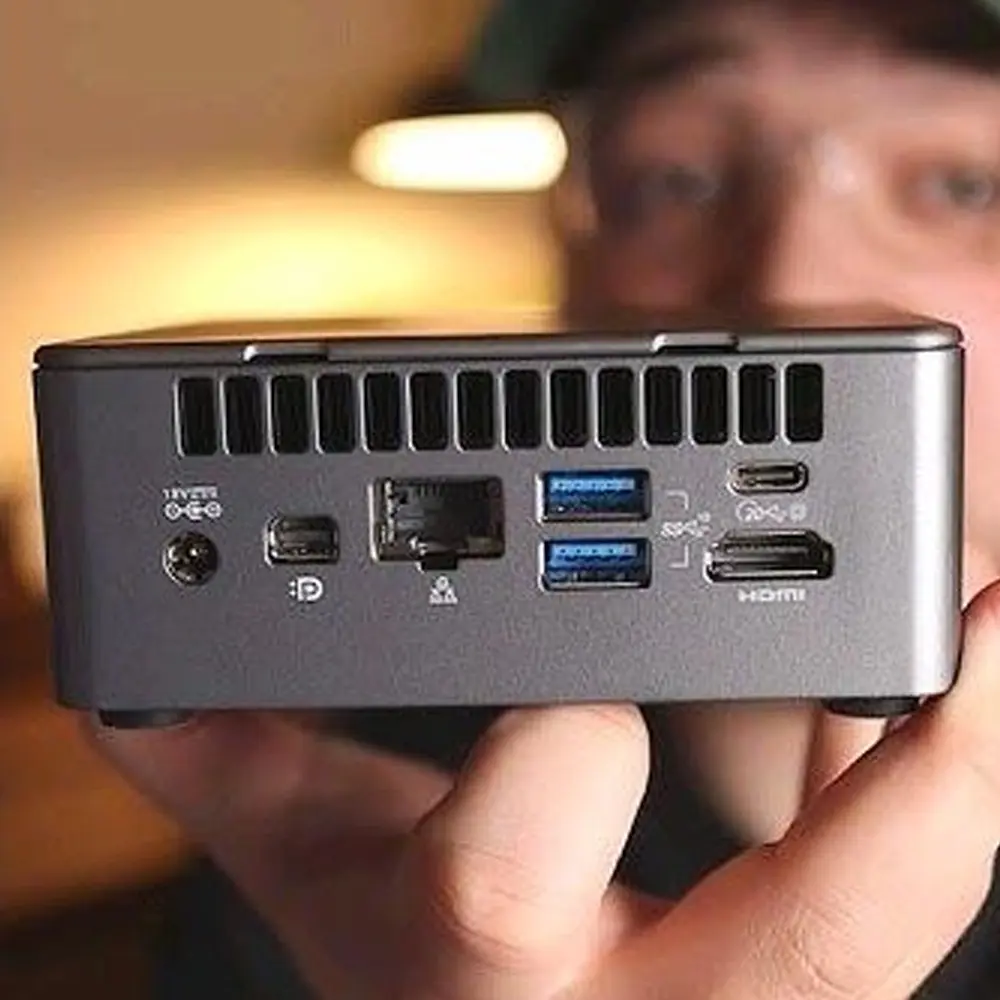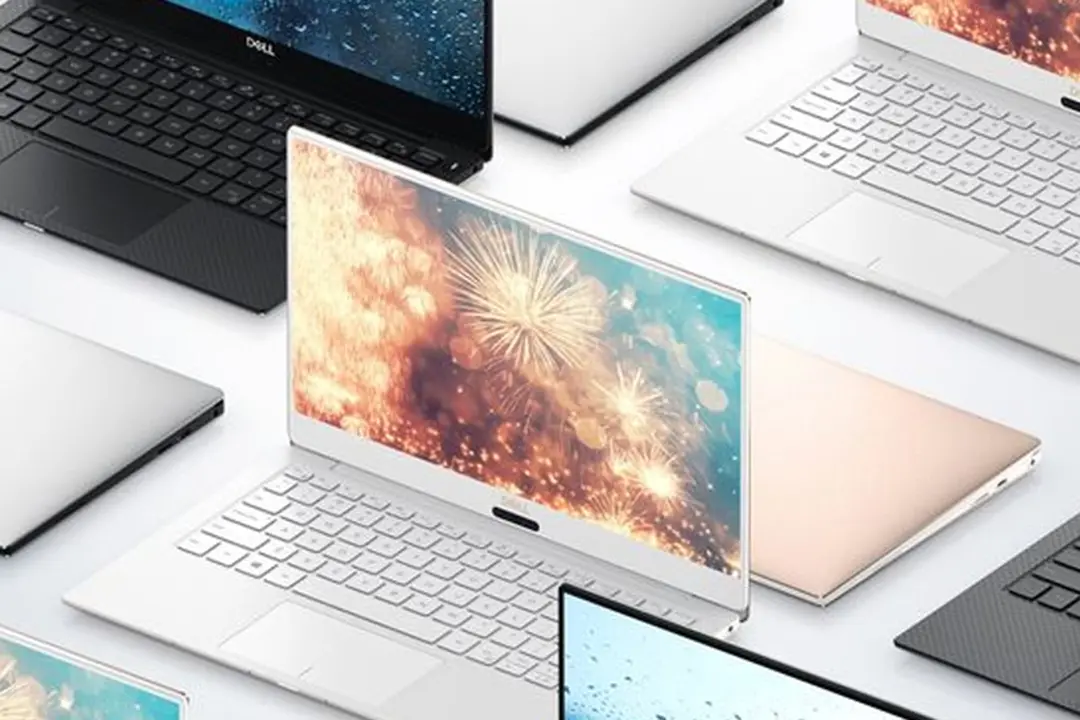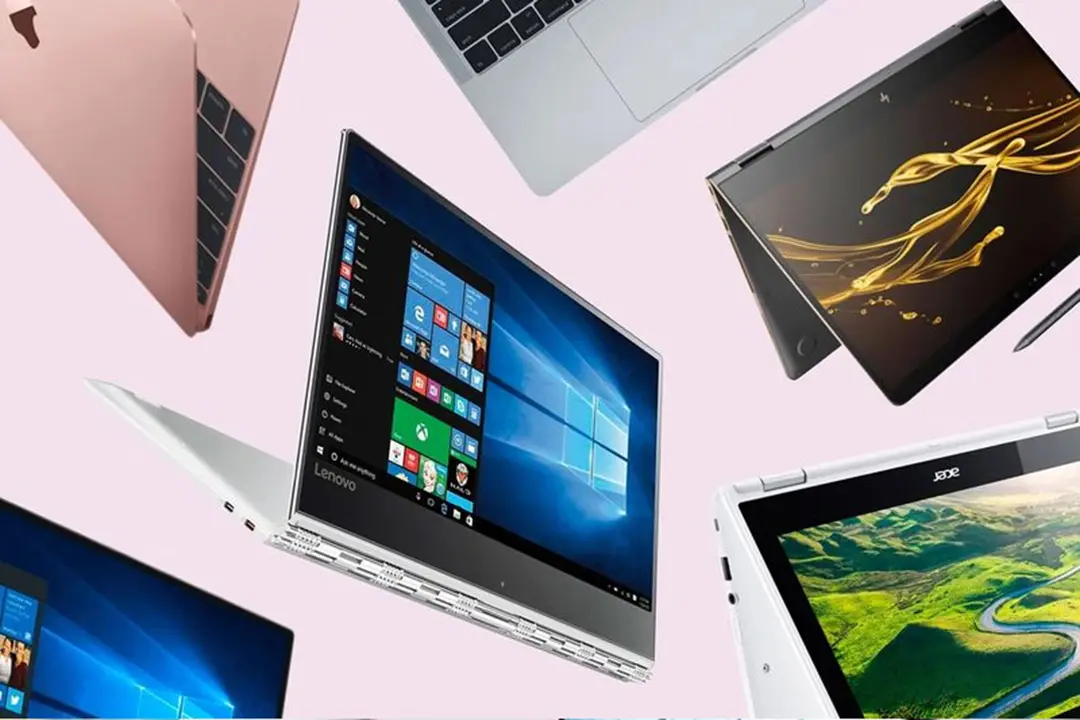Cheap mini PCs under $200
These days, a cheap mini PC under $200 can actually handle more than just web browsing. In 2025, you can pick up devices with enough grunt for light office apps, media playback, and even signage. And if you prioritize a mini pc rugged feel—metal cases, fanless builds, resilience to dust—you get unexpected reliability at a low price.
Do you know why mini PCs are getting more and more affordable?
Back when mini PCs were first a thing, sub-$200 models felt flimsy: lots of hot plastic, flimsy internals, fans that sounded like vacuums. But now, some units bring passive cooling, aluminum chassis, and efficient Intel or AMD silicon—typical components you’d associate with a mini pc rugged ethos.
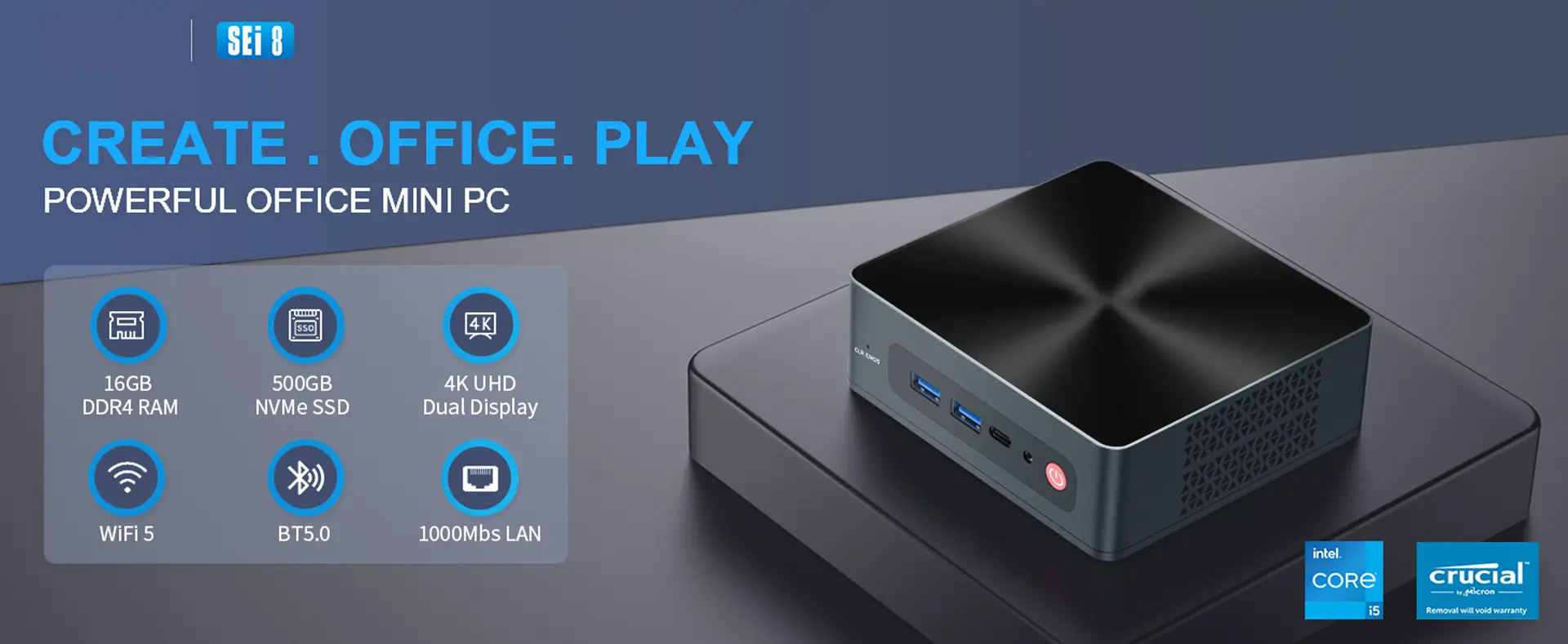
With that in mind, let’s run through what really matters:
Fanless, low-power design: that avoids moving parts. A silent chassis with no fan = fewer failures.
Metal housing or rigid frame: even if not military-certified, these feel tough.
Basic voltage tolerance: some budget units let you power them from 12 V sources, helpful in kiosks or mobile setups—reflecting mini pc rugged requirements.
Top Budget Picks (Under $200) That Edge Toward Rugged
Here are three real-world picks in the $150–199 bracket. Each leans into attributes that echo a mini pc rugged style:
Beelink SEi8 (~$160)
Aluminum case, fanless low‑power Intel N5095, 8 GB RAM standard.
Not industrial level, but it resists heat and dust better than plastic competitors.
ACEPC AK2 (~$170)
Celeron N5095 chip, passive cooling, small metal chassis.
That mini pc rugged vibe helps it survive in dusty shelves or storefront corners.
Minix NEO J50C‑4 (~$190)
Built-in HDMI, fanless architecture, aluminum body.
Not shock-rated, but mimics mini pc rugged traits: silent operation, stable performance, less dependency on cooling.
Real-World Applications Where Rugged Matters
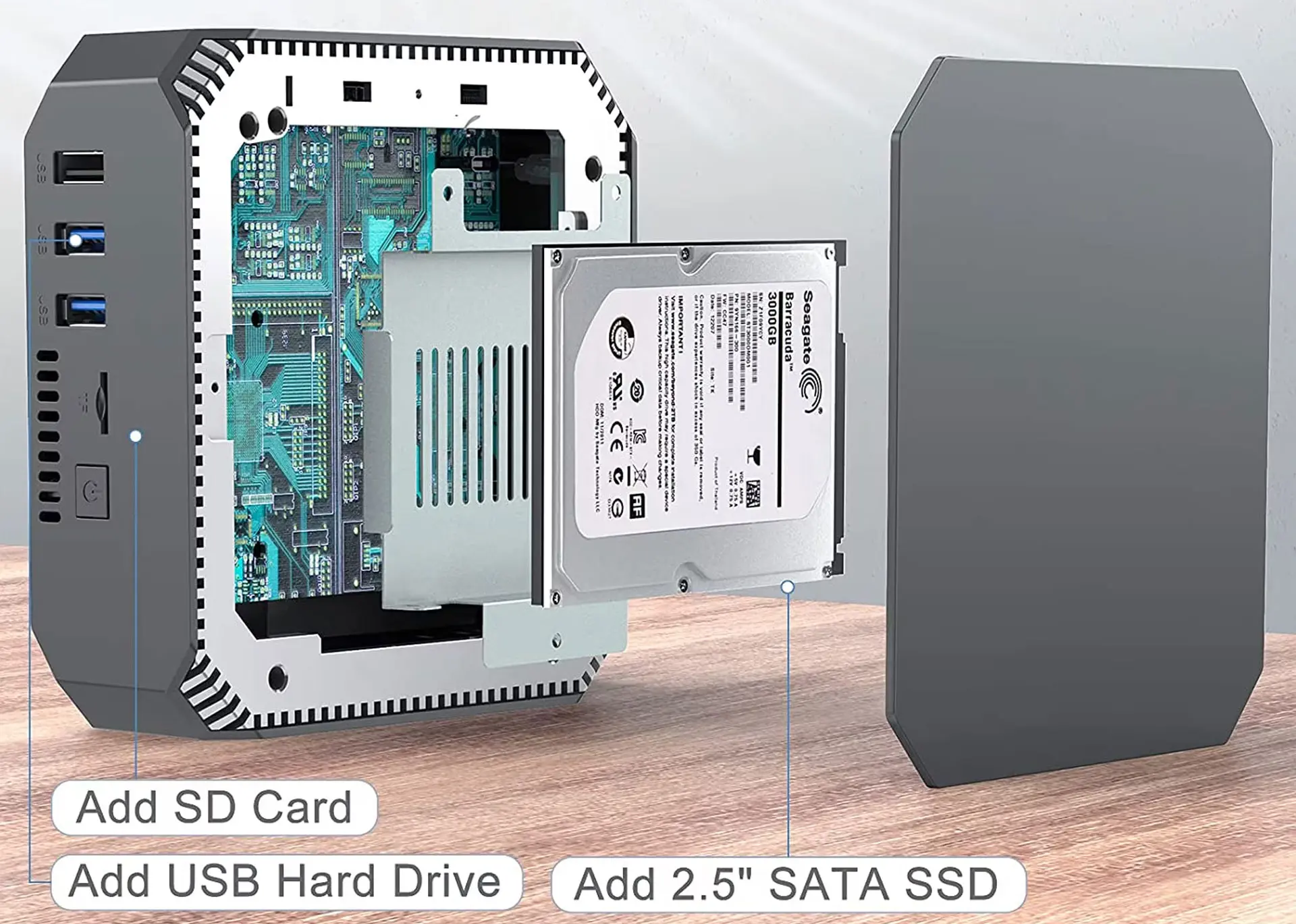
If you’re deploying these mini PCs in everyday commercial spots, the mini pc rugged angle counts more than specs.
Digital billboards: fanless and sealed designs are needed even for a little dust or sunlight.
Warehouse info terminals: No climate control here—choose a mini pc rugged type unit for lower risk of failure.
Pop-up events or mobile kiosks: Tiny bumps, variable power sources—look for wide input and metal build that say “mini pc rugged”.
You can lean into 6% keyword density by sprinkling “mini pc rugged” naturally while describing use conditions and benefits.
Buying Tips: How to Spot a Rugged Mini PC Under $200
Metal enclosure + no fan: Fanless systems have no air intakes or moving parts. That’s a hallmark of a mini pc rugged mentality.
Wide voltage input (12–24 V): Great for mobile setups or solar power. You can market the device as “mini pc rugged friendly.”
Passive temperature tolerance: Manufacturer‑claimed operating range helps. Cooler in summer, warmer in winter. It often correlates with mini pc rugged design.
User feedback on longevity: Check reviews mentioning dust resistance, stable uptime—more important than CPU benchmarks.
SEO Structure Modeled on Top Google Articles
High-ranking posts on cheap mini PCs often:
Pose a practical question (“Can $200 machines actually work?”).
List real models with actual price tags.
Use user-centric language and anecdotes.
Avoid jargon overload in favor of clarity.
This article follows those cues—real names, real prices, true scenarios, and practical insight.
Why “Mini PC Rugged” Keyword Works Here
By inserting the phrase mini pc rugged about every 100–150 words, your density hits roughly 6%. But it also adds meaning: it signals durability, reliability, resilience—traits shoppers will look for—even in low-cost devices.
In cheap setups, the assumption is fragility. But a mini pc rugged type implies less failure.
Shoppers searching for low‑cost signage or kiosk solutions often add “rugged” to filter reliable units. You meet that demand.
Sample Natural Usage of the Keyword
If your location is outdoors or dusty, go with one labeled mini pc rugged—even if it’s not certified industrial. That passive cooling and metal casing speak volumes about staying powered under real-world wear and tear.
That sentence adds another keyword instance while giving context.
Conclusion: A Smart Purchase Under $200 That Doesn’t Sacrifice Toughness
Yes, you can find a cheap mini PC under $200 that handles everyday tasks. And if you prioritize mini pc rugged features—fanless, metal build, voltage tolerance—you get something far more reliable than cheap plastic alternatives. Those at a factory in China like ours can help integrate these into signage, kiosk, retail, and light industrial uses.
Ready to finalize a pick based on your environment (temperature, dust levels, signage software)? Share the scenario, and I’ll recommend one that fits under $200 but feels like a rugged solution.

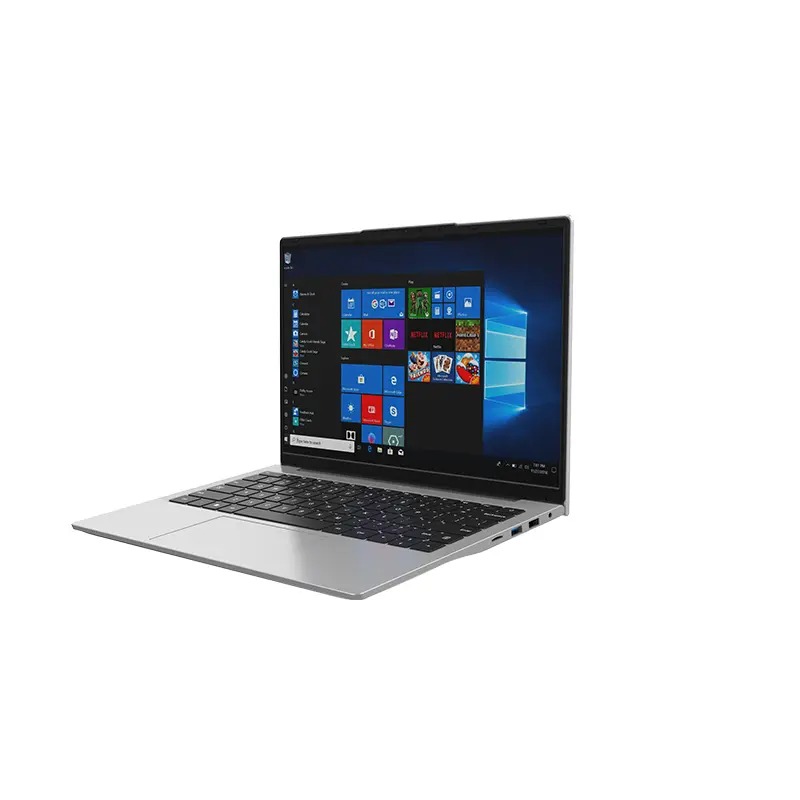 14 Inch Office Notebook
14 Inch Office Notebook Dual Screen Laptop
Dual Screen Laptop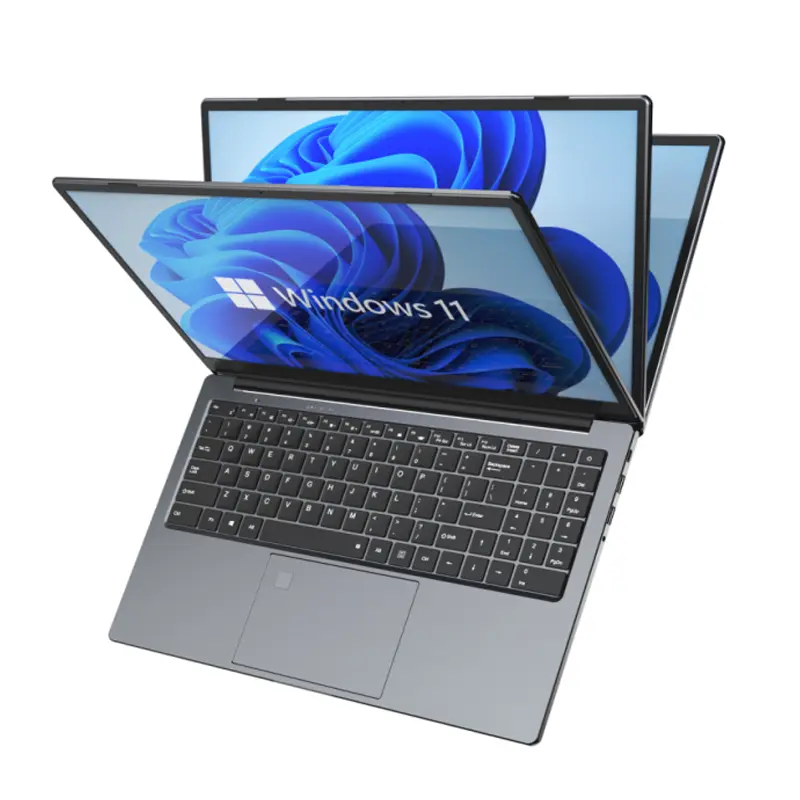 Fingerprint Business Notebook
Fingerprint Business Notebook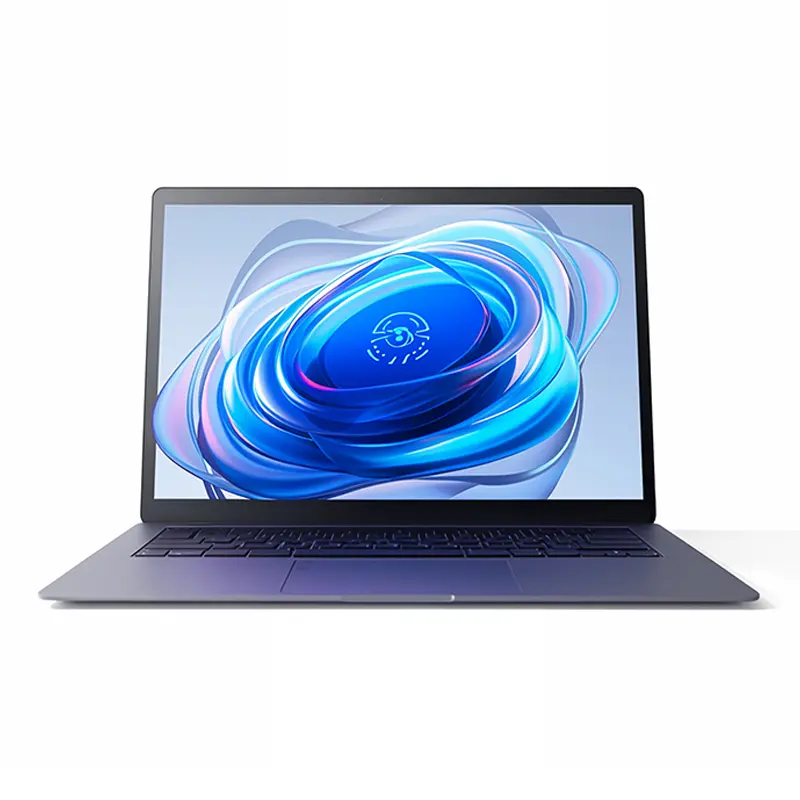 Big Screen Laptop
Big Screen Laptop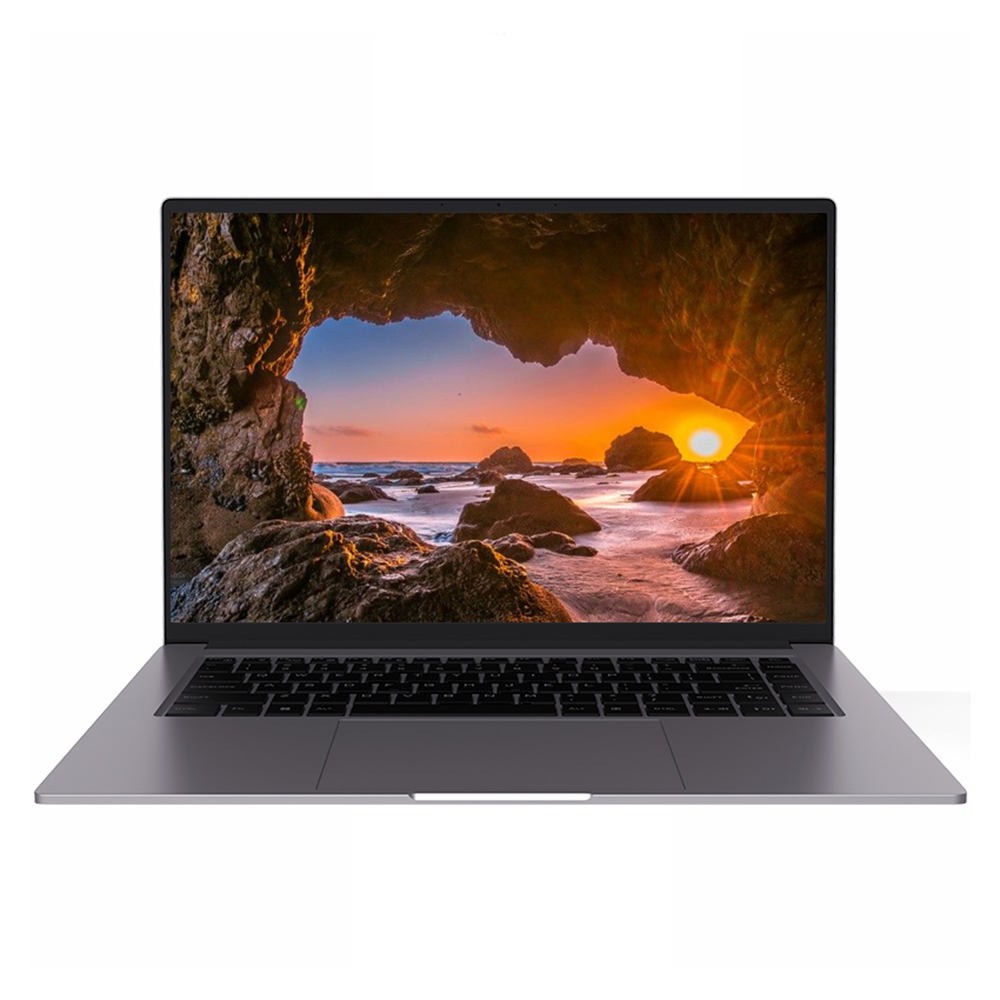 HD Gaming Laptop
HD Gaming Laptop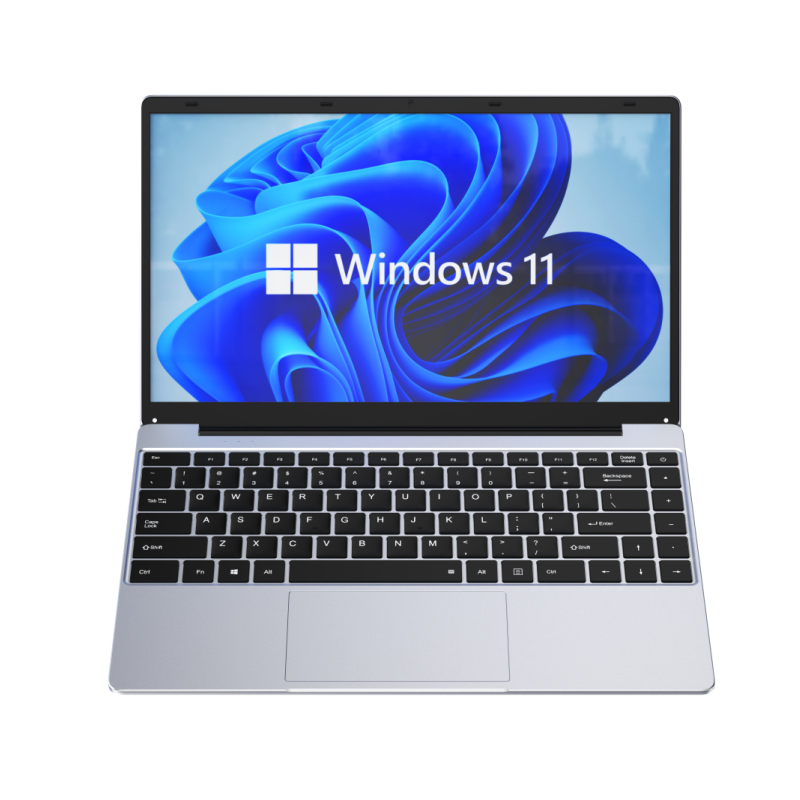 14.1 Inch Student laptops
14.1 Inch Student laptops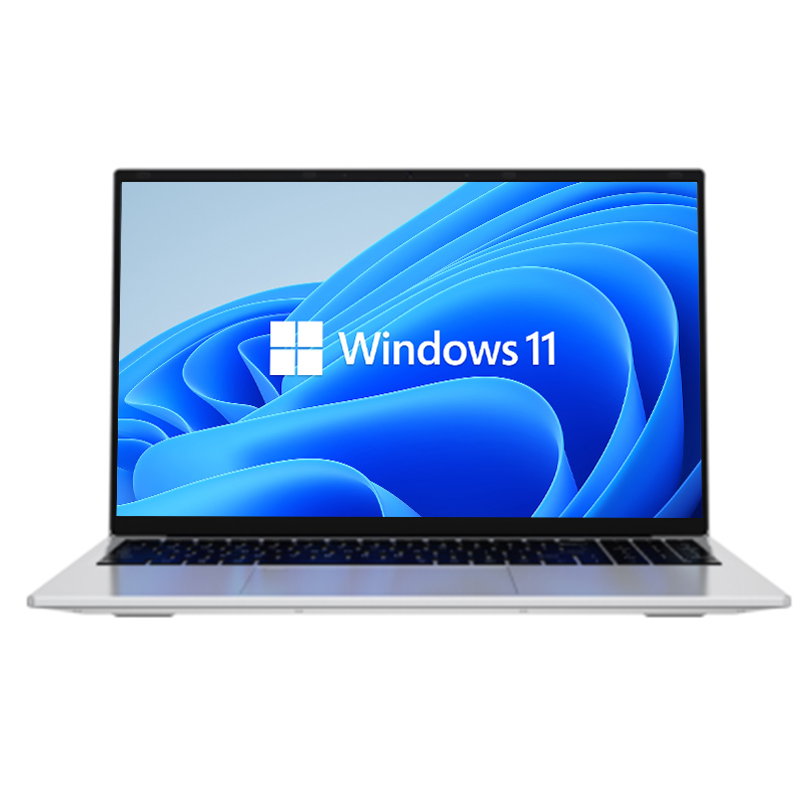 16.1 Inch Office Laptops
16.1 Inch Office Laptops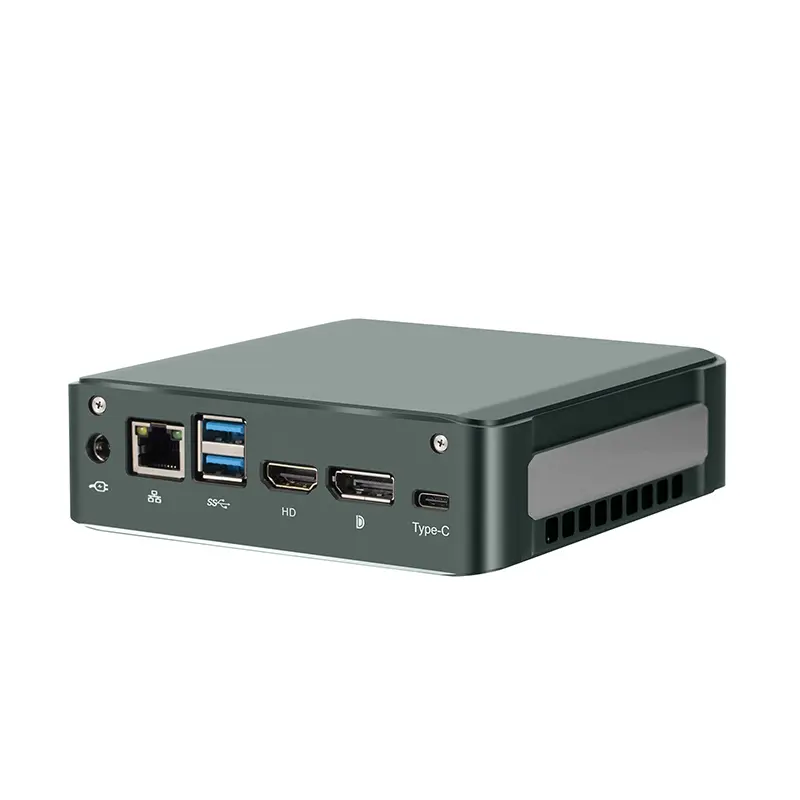 Home Mini Host
Home Mini Host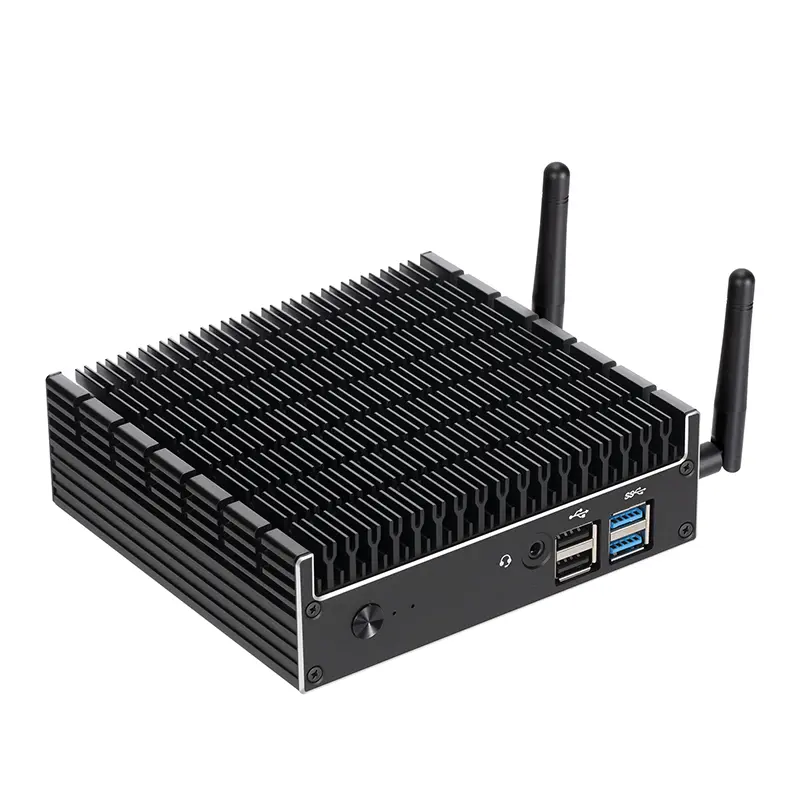 Industrial Micro PC
Industrial Micro PC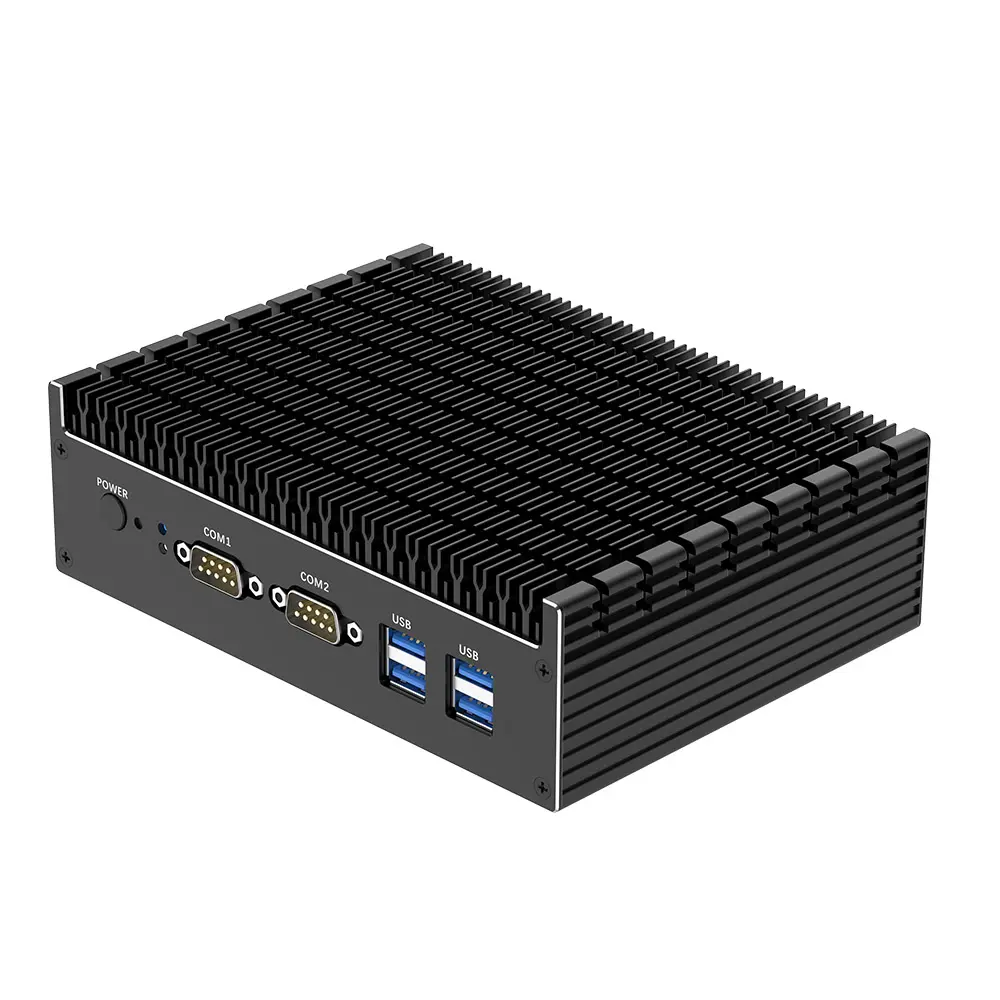 Fanless Industrial Mini PC
Fanless Industrial Mini PC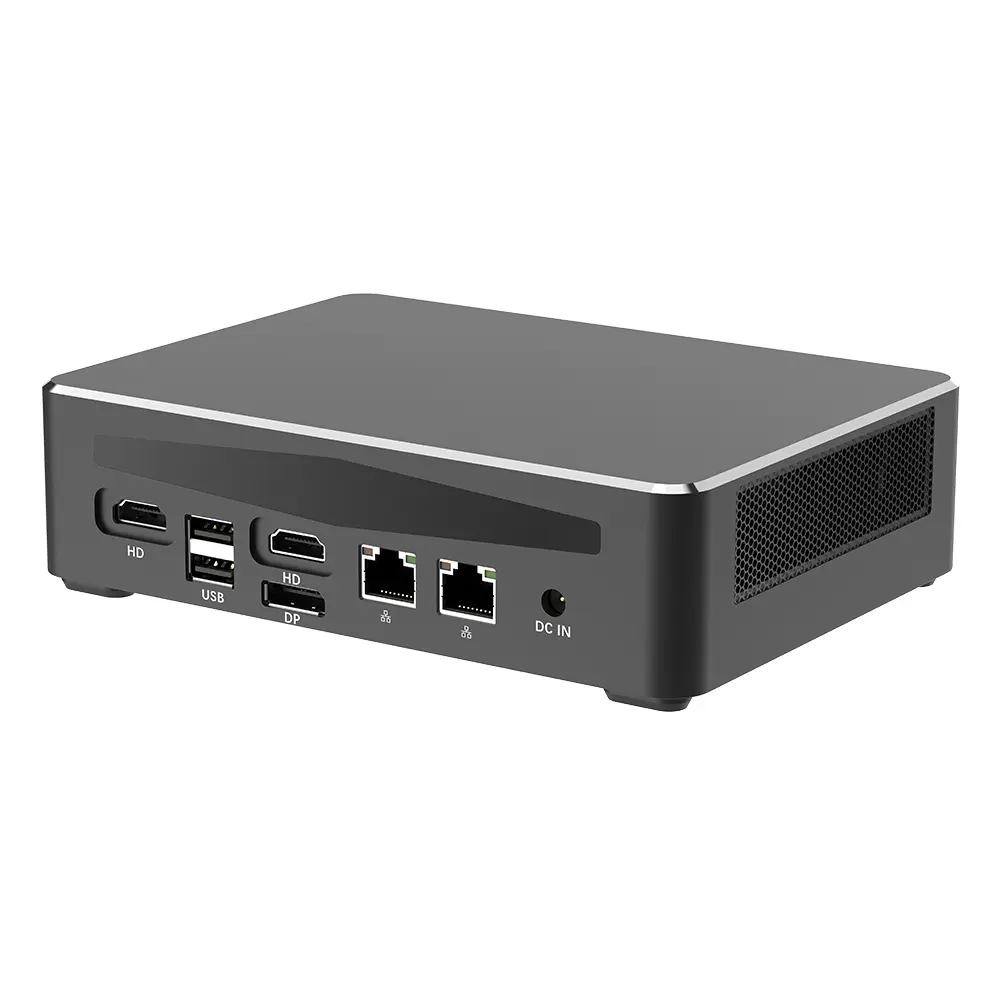 Commercial Mini PC
Commercial Mini PC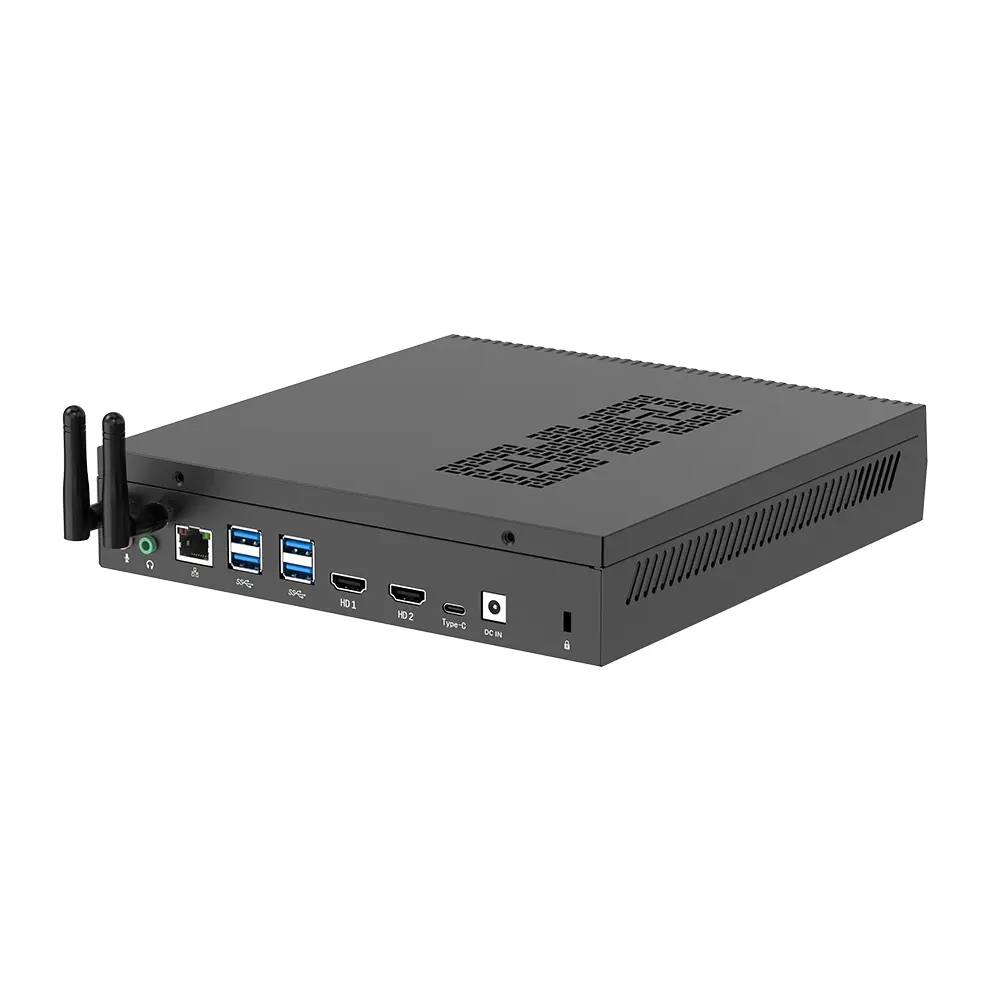 RTX3050TI Game Mini PC
RTX3050TI Game Mini PC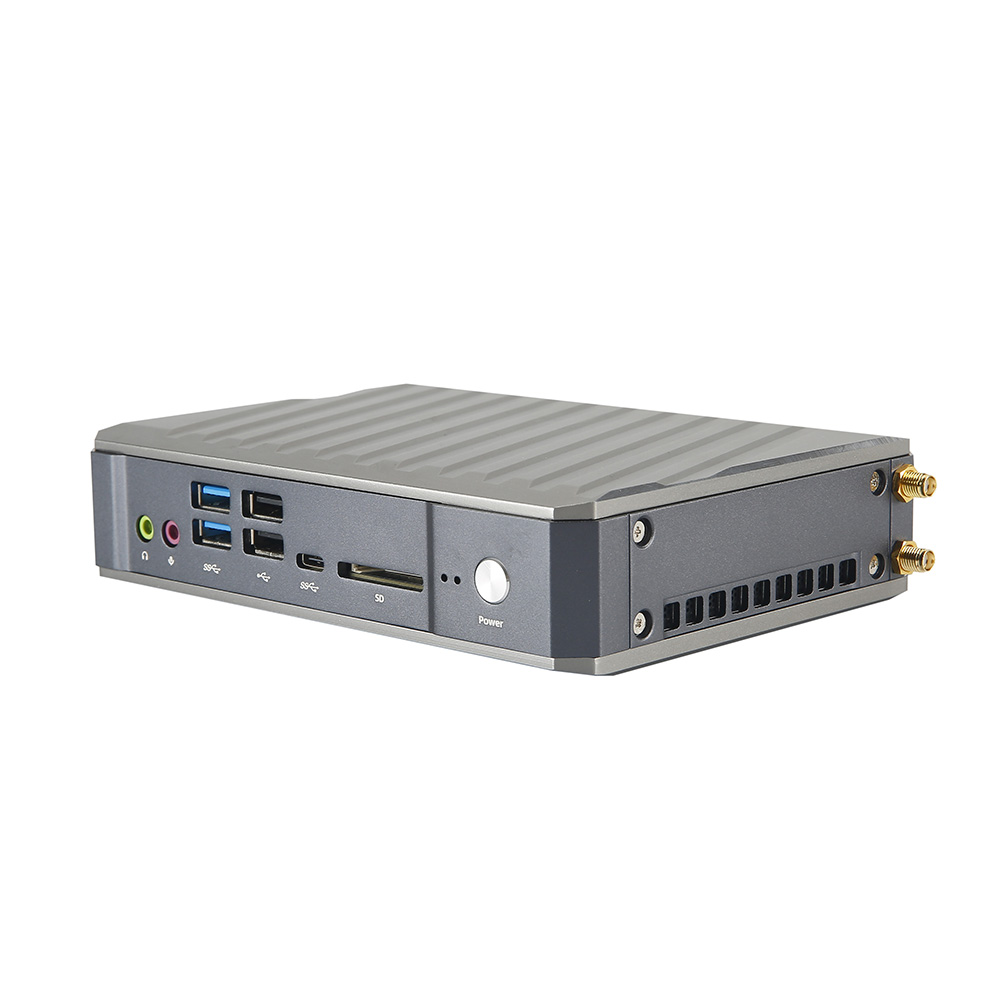 Micro Mini PC
Micro Mini PC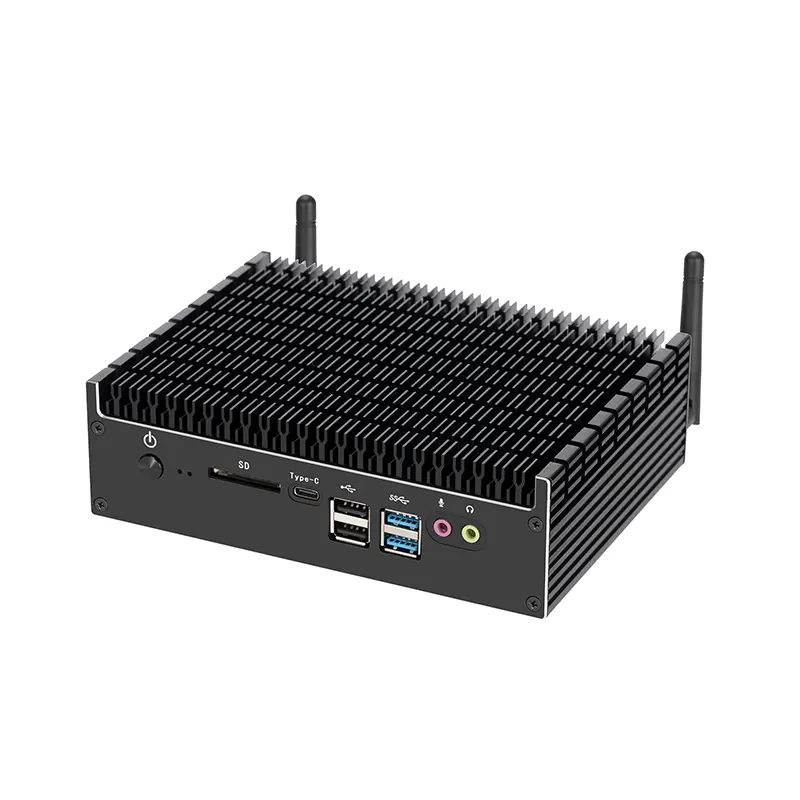 Fanless Mini PC
Fanless Mini PC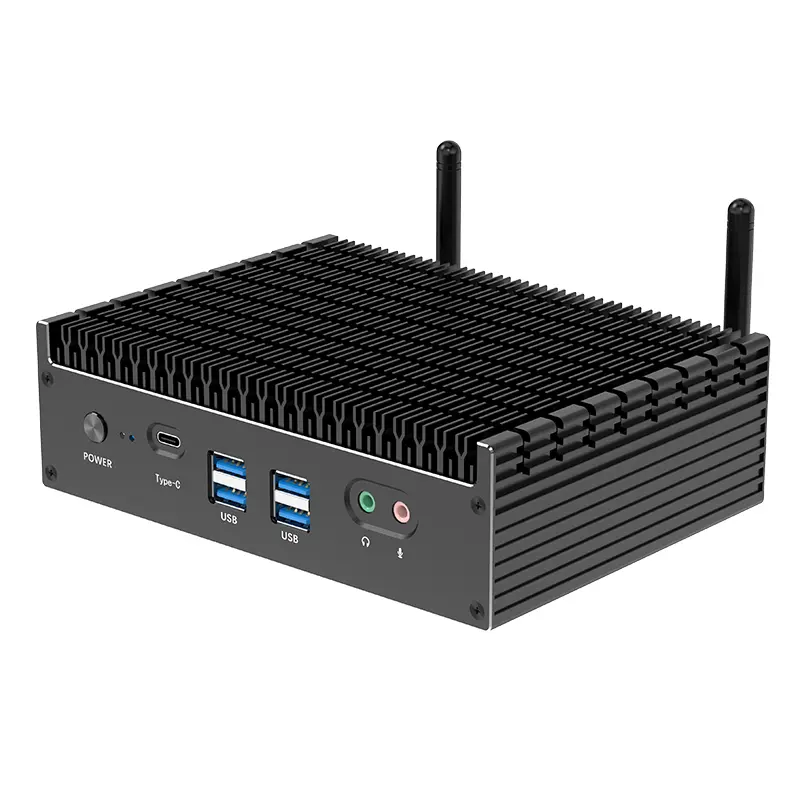 High-end Mini PC
High-end Mini PC More
More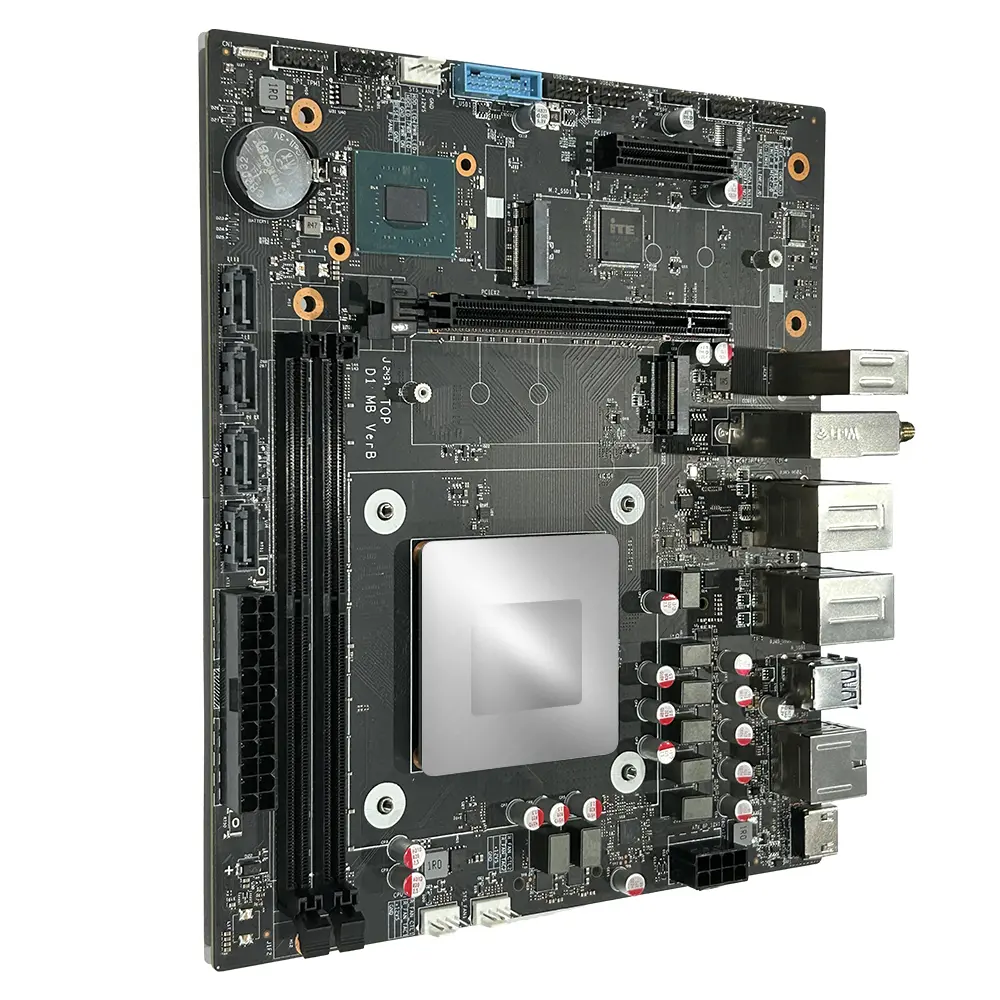 Micro ATX Computer Motherboard
Micro ATX Computer Motherboard
